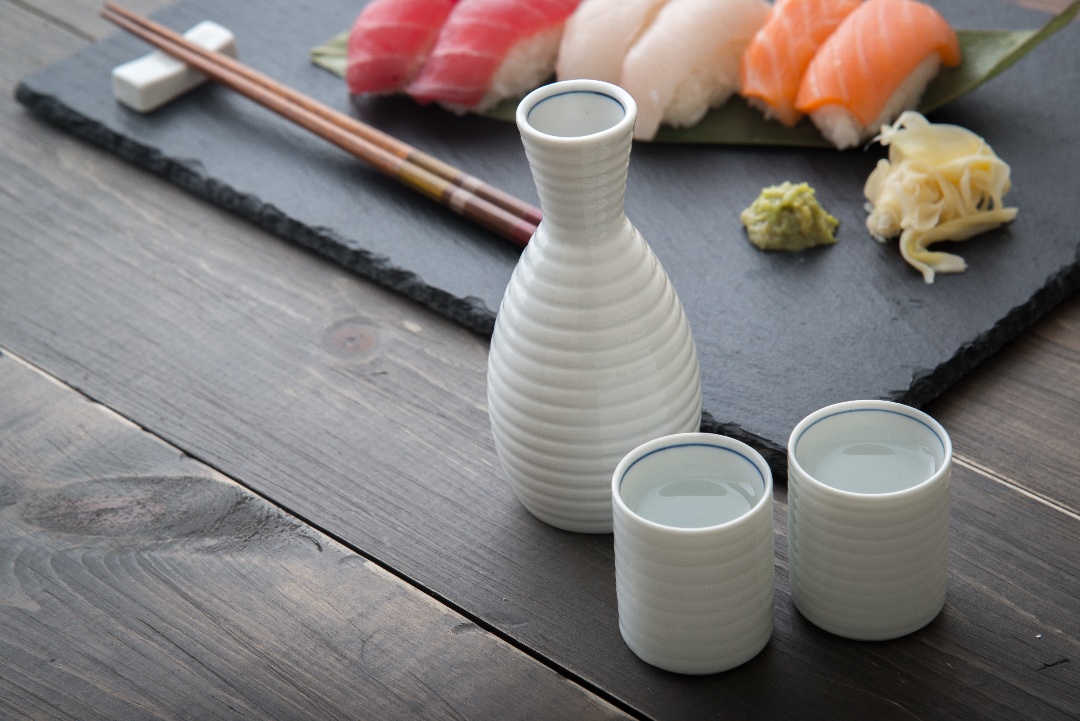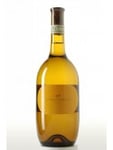4 min read
Festive Without the Fuss: 15-Minute Holiday Cocktails
The holidays are supposed to be about celebrating with people you care about and making memories that last. But...

 You’ve tried all the beers that stood out at the local beer shop. Even though you love it, you’re just not in the mood for wine. You’d rather not round up a bunch of ingredients to make cocktails this time around.
You’ve tried all the beers that stood out at the local beer shop. Even though you love it, you’re just not in the mood for wine. You’d rather not round up a bunch of ingredients to make cocktails this time around.
What do you do when you can’t quite find the right drink? Try something new!
If you’ve been to some Japanese restaurants, or maybe perused some shelves of lesser-known liquors, you saw sake hiding in plain sight. What is sake? What is it made of? How do you drink it? Let’s take a brief excursion to give you a proper introduction to sake.
Sake — prononced sah-kay or sah-kee — is fermented rice alcohol common in Japan. Ask a bartender at any thoroughly stocked bar in the United States for sake, and you’ll get the boozy rice alcohol you expect. However, if you ask for sake in Japan, the bartender may stare at you, puzzled, because sake in Japanese refers to all alcoholic drinks. To get sake, you’d ask for nihonshu, meaning Japanese alcohol.
Before you learn how to drink sake, you have to learn what’s in sake. Sake contains four main ingredients: water, rice, yeast, and koji.
Like other alcohols, the end product is affected by the quality and characteristics of the water used. The rice isn’t typical table rice but is a bigger rice seed that offers a better amount of starch for making sake. Though a different kind of yeast is used for sake, it’s similar to yeasts used in brewing beer and making wine. And what is koji? That’s the English word for the fungus Aspergillus oryzae, which produces enzymes when it grows on the rice.
Much like when the malt is processed before brewing beer, rice must be polished, or milled, to expose the starch needed in the sake-making process. The amount of polishing the rice endures is ranked by percentage. This amount of polishing will affect the flavor profile of the sake. For example, sake that is less than 60% polished will have a lighter, more fragrant profile.
When reading menus or going to a tasting, it’s essential to note one of the most important words for knowing how to drink sake: junmai, the Japanese term for “pure rice.” Some sakes are junmai, and others are non-junmai, which means other additives besides water, rice, koji, and yeast were added to the brewing process. One of the more common examples is the addition of extra distilling alcohol to increase the sake’s body structure and enable a longer shelf life.
Rice polishing rates have special terms: daginjo for 50% or less remaining, ginjo for 60% or less remaining, and honjozo for 70% or less remaining. If a sake does not fit into these precise categories, it may bear the term futsu-shu to denote a classification outside the common ones.
If you look at sake bottles and their labels, you may see a visual representation of where that particular sake lands on the scale of sweet to dry and light to rich, much like many connoisseurs talk about the basics of wine.
Is the sake you’ve ordered, or the bottle you brought home, best warm or cold? You’ll want to consult an expert for this. If you’re at an izakaya or sake bar, just ask the bartender.
For chilled sake at home, you may want to place the bottle in the fridge for 30 minutes before you drink it. Some say certain styles of sake, like ginjo and daiginjo, taste best chilled and in a wine glass to accent the fruit qualities of the sake.
If you want to try warm sake at home, try junmai or honjozo. To warm your sake, heat a pot of water to a boil, then lower to medium. If you have the appropriate sake jug, or a similar container, set it in the hot water to raise the sake’s temperature gradually and carefully — just don’t overheat it or make any rapid temperature changes.
Now you know how to drink sake. Ready to get started?




Nov 17, 2025by Beau Farrell
The holidays are supposed to be about celebrating with people you care about and making memories that last. But...
Nov 4, 2025by Beau Farrell
Between late November and early January, you're hosting more gatherings than the rest of the year combined....
Oct 21, 2025by Beau Farrell
The holidays are approaching, and you're planning gatherings that bring everyone together.
That often means catering...